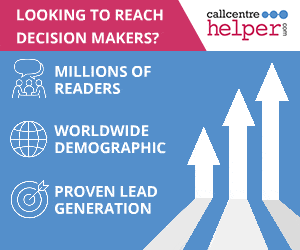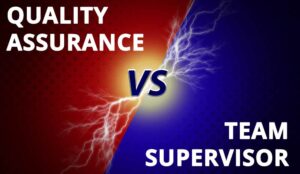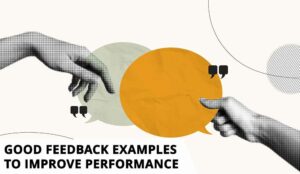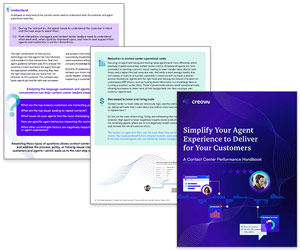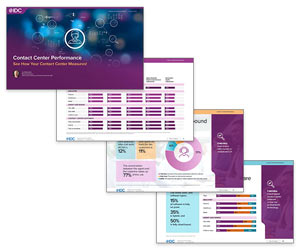If your contact centre is still seeing variation in team performance – despite clear expectations, solid onboarding, and regular feedback – it’s time to look deeper.
Here, Jim Rembach, President of Call Centre Coach, explores how underneath every missed KPI, morale drop, or preventable escalation, there’s a behavioural pattern.
A silent one. A structural one called Supervisor Drift – fuelled by four internal forces known as the FONE factors that affect every human leader.
What Are the FONE Factors?

The FONE framework identifies four internal forces – fear, overconfidence, negative impressions, and execution blindness – that silently disrupt supervisor consistency and performance across contact centres.
The FONE factors are a natural part of the human condition, and no one is immune from their impact. The issue is the degree to which these factors impact performance and costs.
They are the hidden forces that cause supervisors to drift from your expectations, even when they think they are leading the right way.
Each one subtly alters how supervisors interpret expectations – and together they drive inconsistency that no dashboard will ever flag.
1. Fear
This is the impulse to play it safe. Supervisors hold back because they’re afraid to make the wrong call. So, they default to what’s comfortable – sticking with old habits instead of new standards.
This fear slows down agility, decision-making, and your ability to enforce consistency under pressure. This is a common issue, as “52% of employees actively fear being wrong at work.”
2. Overconfidence
Some leaders are simply unaware they are off the mark. They believe they’re meeting expectations, while gaps quietly widen around them.
The Dunning-Kruger effect shows that under-skilled performers may overestimate their abilities. In fact, “Only 29% of employees always know if they’re meeting expectations, while 36% rarely or never know.”
3. Negative Impressions
This is the pressure to appear competent over actually being competent. This can cause supervisors to mask uncertainty, avoid asking for clarity, and double down on flawed approaches in hopes of appearing sharp.
Research shows that “69% of managers say they’re uncomfortable communicating with employees, largely out of fear they’ll look unprepared.”
4. Execution Blindness
This occurs when leaders can see metrics and survey scores but still can’t explain why performance swings wildly between teams.
They are blind to how frontline leadership behaviours are quietly shaping – or eroding – culture. This is significant because “managers drive 70% of the variance in employee engagement”.
It is also worth being aware of your team leaders chasing metrics. For advice on this, read our article: Are Your Team Leaders Too Busy Chasing Metrics?
The FONE Factors Quietly Normalize Inconsistency
These four forces don’t just explain inconsistency – they quietly normalize it. Left unaddressed, they create performance patterns that erode trust, fuel anxiety, and undermine results.
The FONE factors impact new leaders and tenured supervisors differently and for different reasons:
New Supervisors Drift Because They’re Under-Supported – Not Unmotivated
They complete training, but then enter survival mode – relying on instinct, assumptions about what their manager wants, or whatever gets them through the day.
The problem isn’t that they forgot their training.
It’s that there’s no system guiding how they lead once the real work starts.
Tenured Supervisors Drift for the Opposite Reason: Habit
They fall back on what feels familiar – routines from a previous boss, past crisis strategies, or outdated norms that once kept them out of trouble.
Without reinforcement, even high performers start leading by memory – not alignment.
Both paths lead to the same outcome: variation that scales.
And when that variation takes hold across multiple teams, it becomes something bigger: Execution Drift – a breakdown in performance driven by inconsistent behaviour at scale.
No Organization Can Stay Resilient in a High-Change Environment Without Culture as Its Stabilizer
Supervisors aren’t just managing people – they’re either reinforcing your culture or rewriting it. This is critical because supervisors are the frontline force that either anchors your culture – or erodes it.
Every decision they make, every conversation they lead, either reinforces your expectations or rewrites them.
When supervisors drift, even slightly, those deviations compound – shaping team norms, morale, and trust. Resilience isn’t built in all-hands meetings. It’s built in the way supervisors lead, day after day. It’s built through daily, visible behaviours that model what “right” looks like.
If your supervisors aren’t aligned, your culture can’t scale – and no organization can stay resilient in high-change environments without culture as its stabilizer.
For advice on creating a great culture in your contact centre, read our article: 9 Ways to Create a Thriving Contact Centre Culture
What Are the Key Stages of Supervisor Drift?
Performance rarely collapses all at once – it unravels leader by leader, decision by decision.
Supervisor Drift is a progressive breakdown in execution that starts small: a deviation here, a skipped expectation there.
But without a system to stop it, that drift spreads. What begins as isolated inconsistency under pressure becomes normalized, reinforced, and eventually institutionalized. By then, FONE isn’t just present – it’s become the operating system.
And that’s when culture starts to mutate – as shown in the diagram below:
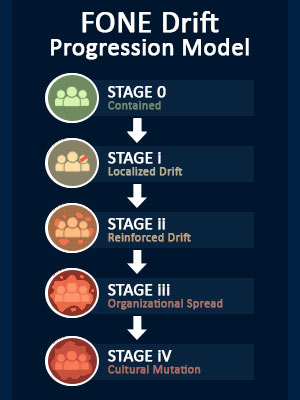
This model reframes how we think about supervisor skills. Instead of blaming the individual, we must ask “What’s weakening our immune system?” and “What’s allowing FONE to spread unchecked?”
How Do You Spot Drift Problems Before They Require Urgent Intervention?
You can’t fix advanced Drift – or prevent it – with another training cycle.
Drift is always alive in your supervisor ranks and quietly spreading through your leadership ranks. By the time performance metrics reflect the damage, it’s already systemic.
Instead, you need to look beyond the metrics.
To help you get started, here are some statements to consider that may allow you to see what the data doesn’t always show:
- “We’ve trained our supervisors, but we still see major differences in how they handle common issues with their team members.”
- “We’re rolling out AI tools to support supervisors but haven’t embedded our culture, expectations, policies, or procedures into the AI.”
- “Across teams, employee engagement and turnover is inconsistent and varied.”
- “We do not have visibility into how supervisors are reinforcing or eroding our culture and standards daily.”
- “When reviewing reports on team performance, I often find it difficult to explain why there is a variance from one team to another.”
By exploring these areas, you can begin to build a clearer picture of how significant your risks are. So, what are you waiting for?
Written by: Jim Rembach, President of Call Centre Coach, and author of The FONE Report: Why Supervisor Drift Happens – And How to Stop It
For more advice on improving your team management, read these articles next:
- 7 Things Creative Team Leaders Do Better Than the Rest
- How to Prioritize Leadership Training
- Team Leader Experience (TLX) Explained
Author: Jim Rembach
Reviewed by: Jo Robinson
Published On: 23rd Sep 2025
Read more about - Call Centre Management, Agent Performance, Jim Rembach, Leadership, Management Strategies, Performance Management, Team Management, Top Story




